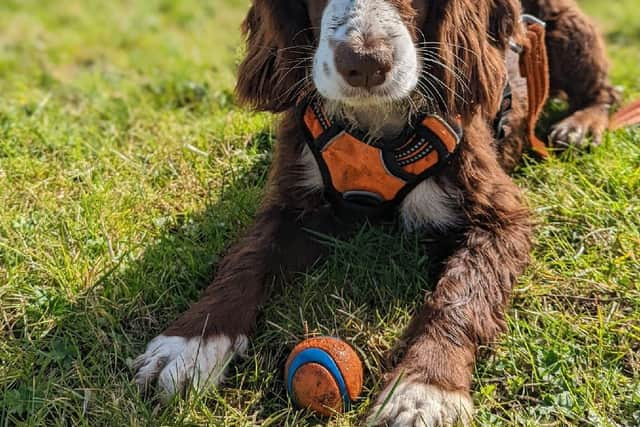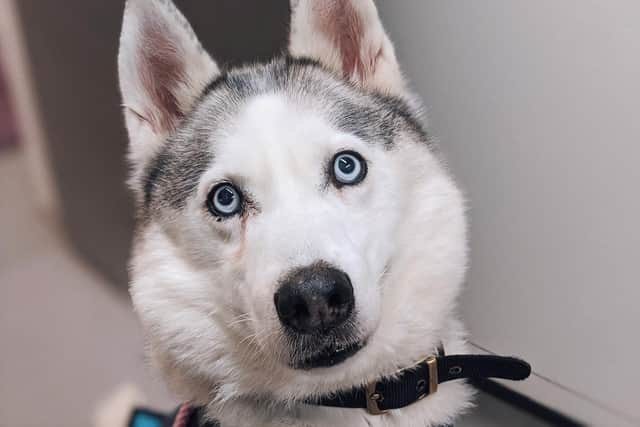Dogs and kids: how to keep safety first


The bond between dogs and children can be a truly magical thing, and dogs make fantastic family pets. Even if you don’t have one at home, the number of dogs in the UK is at a record high level so we’re all likely to come into contact with them whilst out and about or when visiting friends and family.
As part of my role in the Education team here at Woodgreen, I work with people of all ages to teach them key life skills about dog safety. If you’re a parent, grandparent or guardian, here are some quick and easy tips to help keep children safe and happy around our canine companions.
What can I teach my children about dogs?


It’s a good idea to teach children that dogs should always be left alone when they’re eating, sleeping, hiding away or feeling poorly. These are times when dogs prefer to have some space and by respecting their boundaries, there’s much less chance of any incidents happening.
Make it clear that although dogs are great fun, they’re not toys and should never be expected to tolerate being grabbed, climbed on or having their things taken away from them.
Most people know not to leave dogs and children unattended, but incidents tend to happen when adults are still in the room so we always recommend actively supervising children around dogs so you know exactly what they’re all up to.
How can I tell if a dog is uncomfortable with a situation?


Dogs tell us how they feel all the time using simple body language. Being able to understand this can unlock a whole world of dog communication! Yawning, licking their nose and even a simple turn of their head are all very polite ‘whispers’ that a dog would like some space.
It’s when these subtle signs are ignored that dogs sometimes have to progress to being clearer that they’re unhappy (with a stare or a growl). It’s best to listen to their ‘whispers’ to prevent them feeling so uncomfortable that they need to escalate their body language.
How can I teach my children to approach dogs safely?
The best thing to do is ask the owner if their dog is friendly and if you can play with them or pet them, but we don’t ever recommend going up to a dog and touching them straight away. A simple trick we teach in our Family Dog Workshop is “the 3 Ws”: Wait for the dog to come to you, and Watch for a tail Wag.
It’s really easy for little ones to remember and lets dogs approach them if they’d like to, rather than potentially frightening dogs with unwanted attention. Unfortunately, not all dogs want to say hello!
What if a dog runs up to my child?
It can be a little disconcerting if a dog comes up to you when you’re out and about. Screaming and running away could seem like a game of chase, or be quite scary for a dog, which we don’t want!
If your children would like to be left alone, teach them to stay calm and become a statue (stand still and fold their arms). This will indicate to the dog that they’re not interested in playing, so they’re likely to get bored and leave very quickly.
If the dog shows any sign of aggression, walk slowly and calmly away.
For more expert advice about dogs and children, come along to Woodgreen’s monthly ‘Living With Dogs’ webinar, or get your little ones to take part in the ‘Family Dog Workshop’ online at any time: www.woodgreen.org.uk/pet-advice.